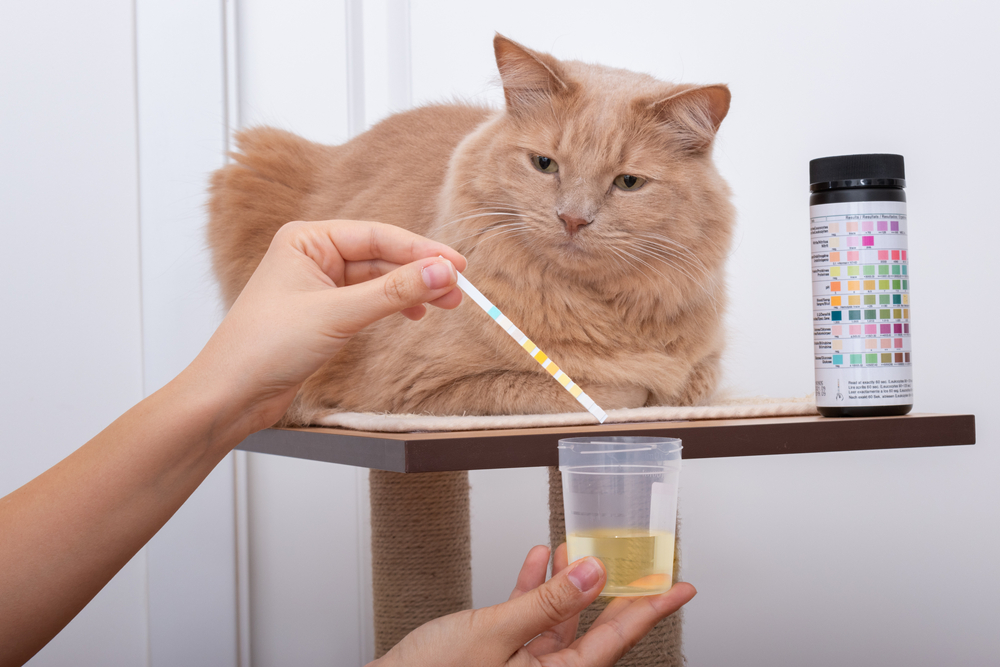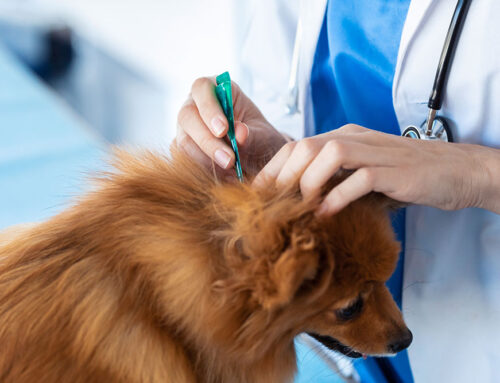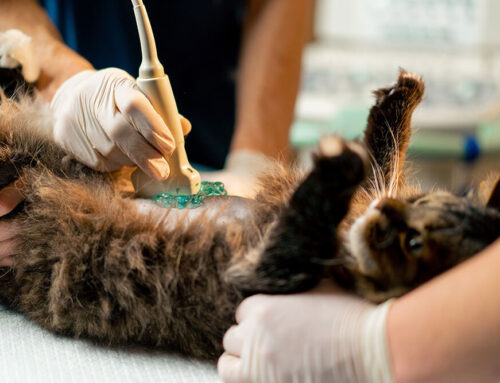UTIs in Pets: Prevention, Symptoms, and Treatment Options
At Midtown Veterinary Hospital in Rochester, New York, we regularly help pet owners who notice something just isn’t right- more frequent bathroom breaks, indoor accidents, or a sudden shift in comfort during potty time. These behaviors often point to a urinary tract infection (UTI), a common but frustrating condition in both dogs and cats.
Understanding what causes UTIs, how to spot the signs, and what treatment and prevention look like can make all the difference when it comes to your pet’s comfort and long-term health.
What Is a UTI?
A urinary tract infection occurs when bacteria enter the bladder or urethra and begin to multiply. These infections can range from minor discomfort to serious medical concerns, especially if they go untreated. Female dogs are more susceptible due to their anatomy, but pets of any age or gender can be affected- especially those with underlying health conditions like diabetes, which can alter urine composition and increase infection risk.
How Do UTIs Develop?
Most UTIs begin when bacteria from the gastrointestinal tract or skin contaminate the urethral opening and ascend into the bladder. Some pets have physical traits that increase this risk, such as a recessed vulva in female dogs or a narrow urethra in males. Poor hygiene, infrequent urination, and specific anatomical challenges can all contribute.
Underlying issues can also play a role. Conditions like bladder stones or feline urinary syndromes, such as FLUTD (Feline Lower Urinary Tract Disease), can make it easier for bacteria to take hold. In some cases, a UTI may even be secondary to other medical problems like kidney disease or structural abnormalities.
Recognizing the Symptoms of a UTI
UTIs often begin with subtle changes. You might notice your dog asking to go outside more frequently, or your cat avoiding the litter box. Some pets strain to urinate, cry out in pain, or lick excessively at their urinary opening. You may also see urine that is cloudy, has a strong odor, or appears tinged with blood.
Don’t overlook behavioral shifts either. A normally affectionate pet who suddenly becomes withdrawn, restless, or irritable may be experiencing internal discomfort. Some animals even vomit, lose interest in food, or seem lethargic as the infection progresses. These are signs that the UTI may be worsening- and that it’s time to involve your vet.
When Is a UTI an Emergency?
While many UTIs are uncomfortable but treatable, some situations demand immediate attention. Sometimes, urinary blockages are mistaken for a simple UTI since the early symptoms are so similar. Urinary blockages, a condition where your pet cannot pass urine at all, is an emergency. This occurs most commonly in male cats but can also affect dogs. A blockage can quickly lead to dangerous electrolyte imbalances, kidney failure, or even death without emergency care.
Warning signs of a urinary blockage or severe UTI include:
- Repeated straining with no urine output
- Crying, pacing, or signs of distress while trying to urinate
- Vomiting, collapse, or extreme lethargy
- A swollen, firm abdomen
- Loss of consciousness or disorientation
If you notice any of these signs, your pet may be experiencing a urinary obstruction. This is a medical emergency- don’t wait to see if things improve. Seek veterinary care immediately.
Even if your pet seems stable, fast intervention prevents complications. Early treatment improves comfort, lowers the risk of recurrent infections, and helps avoid more invasive procedures later.
How We Diagnose UTIs at Midtown Veterinary Hospital
When your pet comes in for urinary issues, we begin with a thorough physical exam and health history. Abdominal palpation helps us detect pain or fullness in the bladder. From there, we’ll usually recommend a urinalysis to evaluate for signs of infection, including bacteria, white blood cells, or abnormal pH.
If needed, we may also run a urine culture to identify the specific bacteria and determine the most effective antibiotic. When physical abnormalities or suspected bladder stones are involved, we may recommend X-rays or ultrasound. You can learn more about these diagnostics on our Diagnostics page.
Treatment and Recovery
Treatment usually involves a targeted antibiotic, chosen based on the culture results. While symptoms may improve quickly, it’s essential to finish the full course of medication to fully clear the infection and prevent recurrence.
We may also recommend anti-inflammatory medication to ease discomfort and dietary changes if your pet is prone to crystals or stones. Prescription urinary diets help dissolve minerals and keep the urine at a pH that discourages bacterial growth. In more advanced cases, surgical intervention like a cystotomy may be necessary to remove stones or address chronic infections.
Prevention: Staying Ahead of UTIs
There’s a lot you can do at home to prevent urinary problems from developing in the first place. Encouraging regular bathroom breaks, offering fresh water, and maintaining proper hygiene all reduce risk. We also recommend regular wellness and prevention exams so we can monitor your pet’s health and catch subtle issues early.
Choosing the right food plays a major role too. For pets with a history of UTIs or urinary crystals, prescription diets can help maintain a healthier urinary tract. Wet food and water additives are great ways to increase hydration- especially in cats.
If you’re unsure whether your pet’s accidents or urination changes are cause for concern, this helpful overview from Cornell University outlines many of the red flags to watch for.
When UTIs Are Part of a Bigger Picture
Sometimes UTIs are just one part of a more complex issue. Chronic infections, recurrent symptoms, or the presence of urinary stones may indicate a deeper problem. If stones are suspected, we’ll consider their type and location to guide treatment. Learn more about the types of urinary stones in pets and how they’re managed.
In older pets or those with a history of infections, we also evaluate for other causes like kidney disease or immune system compromise. Occasionally, infections might even be linked to a structural defect in the bladder or urethra, which may require long-term management or surgical correction.

Your Partner in Urinary Health
At Midtown Veterinary Hospital, we know urinary issues can be frustrating- both for pets and their people. From diagnosis to treatment and prevention, our team is committed to making the process easier on everyone involved.
Whether you’re noticing new symptoms or looking to prevent future UTIs, don’t wait to reach out. We’re here to help you find answers and keep your pet comfortable. Schedule an appointment today to get started.






Leave A Comment